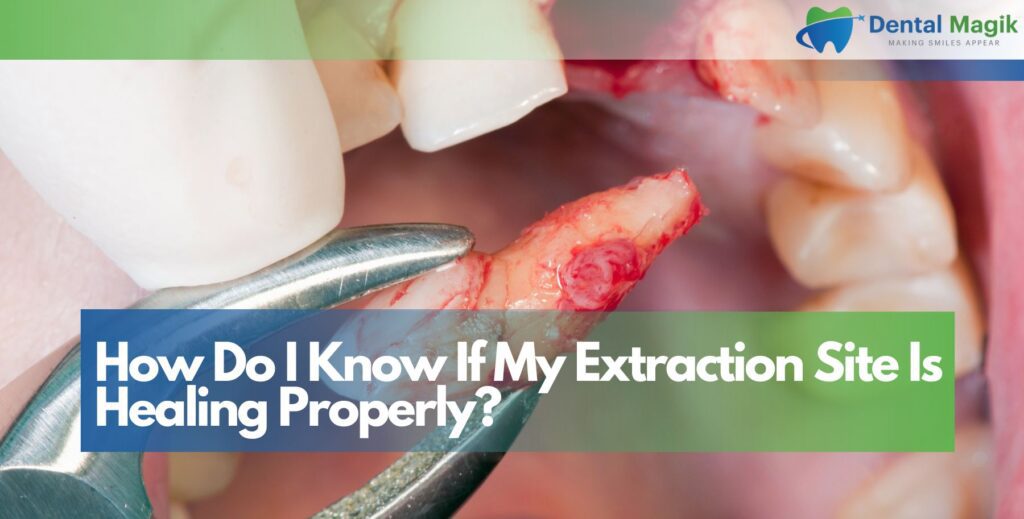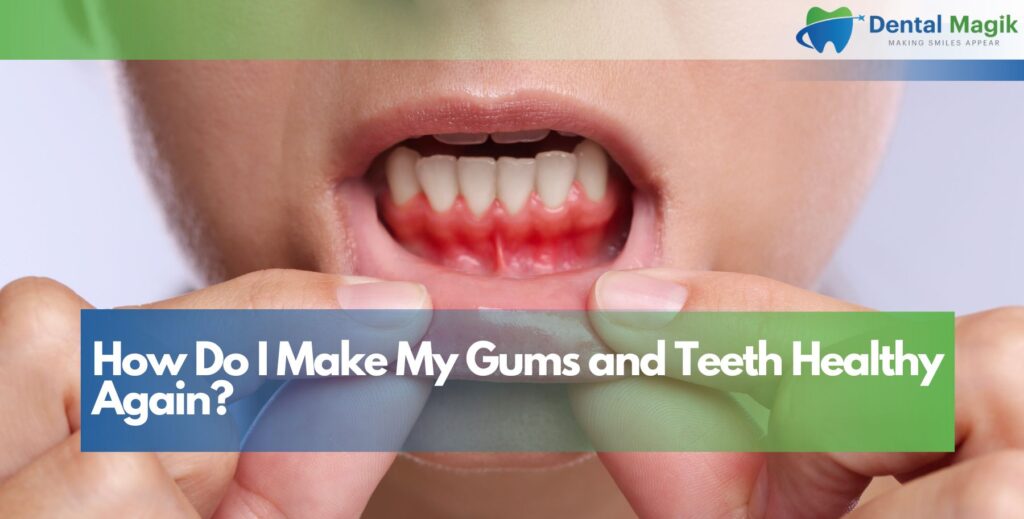If you’re facing a root canal procedure or have recently undergone one, you’re probably wondering what to expect during the recovery process. The good news is that modern root canal treatment has come a long way, and with proper care, most patients experience a smooth and relatively comfortable healing journey. This comprehensive guide will walk you through everything you need to know about root canal recovery, from managing post-procedure pain to ensuring optimal healing.
Understanding Root Canal Treatment
A root canal procedure is a dental treatment designed to save a severely damaged or infected tooth. During the procedure, your endodontist or dentist removes the infected pulp from inside your tooth, cleans the root canals thoroughly, and seals the space to prevent further infection. This treatment allows you to keep your natural tooth rather than having it extracted.
The root canal recovery time varies from person to person, but most patients can expect to feel significantly better within a few days to a week. Understanding what happens during recovery can help you prepare mentally and physically for the healing process.
Also Read: Root Canal Treatment in East Brunswick, NJ
What to Expect Immediately After Your Root Canal
Understanding the immediate post-operative period helps set realistic expectations for your root canal healing. Most patients experience manageable discomfort and swelling, which are normal parts of the recovery process. Proper preparation and knowing what’s ahead can significantly reduce anxiety and promote faster healing.
The First 24-48 Hours
The initial period following your root canal treatment is crucial for proper healing. You may experience some tooth sensitivity and mild to moderate discomfort, which is completely normal. The treated tooth and surrounding gum tissue may feel tender as the anesthesia wears off.
Swelling around the treated area is also common and typically peaks within the first 48 hours. This is your body’s natural response to the procedure and should gradually subside. Applying a cold compress to the outside of your cheek for 15-20 minutes at a time can help reduce both swelling and discomfort.
Managing Initial Discomfort
Pain management is a top priority during the early stages of recovery. Your dentist will likely recommend or prescribe appropriate pain medication to help you stay comfortable. Over-the-counter options like ibuprofen are often very effective for managing post-root canal pain due to their anti-inflammatory properties.
Essential Recovery Tips for Optimal Healing
Following proven recovery strategies can dramatically improve your comfort level and speed up the healing process. These evidence-based tips have helped thousands of patients achieve successful outcomes. Implementing these practices consistently will give you the best chance for a smooth, uncomplicated root canal recovery.
Medication Management
Following your dentist’s instructions for pain medication is crucial for comfortable recovery. Take medications as prescribed, even if you’re feeling okay, as staying ahead of the pain is more effective than trying to catch up to it later. If you’re prescribed antibiotics, complete the entire course even if you feel better before finishing them.
Dietary Considerations During Recovery
Your eating habits during recovery can significantly impact your healing process. For the first few days, stick to soft foods that won’t put excessive pressure on the treated tooth. Consider incorporating:
- Smoothies and protein shakes
- Yogurt and pudding
- Mashed potatoes and soup
- Scrambled eggs
- Cooked pasta with soft sauce
Avoid hard foods, crunchy snacks, and anything that requires excessive chewing. Hot foods and beverages should also be avoided initially, as they may increase sensitivity and discomfort.
Proper Oral Hygiene
Maintaining good oral hygiene is essential, but you’ll need to be gentle around the treated area. Continue brushing your teeth, but avoid the treated tooth for the first day or two. When you do resume normal brushing, use a soft-bristled toothbrush and be extra gentle.
Rinsing with warm salt water can help promote healing and reduce inflammation. Mix half a teaspoon of salt in a cup of warm water and gently swish it around your mouth several times a day.
Managing Common Recovery Symptoms
Every patient experiences root canal recovery differently, but certain symptoms are universal. Knowing how to effectively address pain, swelling, and sensitivity empowers you to take control of your healing journey. These targeted approaches will help you feel more comfortable throughout the entire recovery process.
Dealing with Swelling and Inflammation
Swelling is a normal part of the healing process, but there are effective ways to minimize it. Cold therapy is most effective during the first 24-48 hours. After this period, you can switch to warm compresses to promote circulation and healing.
If swelling persists beyond a few days or seems to be getting worse, contact your dentist immediately, as this could indicate complications.
Addressing Tooth Sensitivity
Tooth sensitivity following a root canal procedure is extremely common. The treated tooth may be sensitive to temperature changes, pressure, or even air. This sensitivity typically decreases gradually over the first week or two.
Using a sensitive teeth toothpaste can help reduce discomfort. Avoid extremely hot or cold foods and beverages until the sensitivity subsides.
Sleep Considerations
Getting adequate rest is crucial for healing, but sleeping can be challenging if you’re experiencing discomfort. Try sleeping with your head slightly elevated using an extra pillow, which can help reduce swelling and throbbing sensations.
Timeline for Root Canal Recovery
Having a clear recovery timeline helps you track your progress and know when to expect improvements. While individual healing rates vary, most patients follow a predictable pattern. Understanding these phases allows you to plan accordingly and recognize when your recovery is progressing normally versus when professional attention might be needed.
Days 1-3: Initial Healing Phase
During the first few days, focus on pain management, reducing swelling, and protecting the treated tooth. Stick to soft foods and avoid any activities that might put pressure on the tooth.
Days 4-7: Gradual Improvement
Most patients notice significant improvement during this period. Post-procedure pain should begin to subside, and swelling should decrease noticeably. You can gradually reintroduce more varied foods into your diet, though you should still avoid anything too hard or crunchy.
Week 2 and Beyond: Continued Healing
By the second week, most patients feel much more comfortable. Tooth sensitivity may still be present but should be mild. You can usually return to normal eating habits, though you should continue to be gentle with the treated tooth until your permanent restoration is placed.
When to Contact Your Dentist
While some discomfort is normal during root canal recovery, certain symptoms warrant immediate attention from your dental professional:
Warning Signs to Watch For
- Severe pain that worsens after the first few days
- Significant swelling that doesn’t improve or gets worse
- Allergic reactions to prescribed medications
- Signs of infection, such as fever or foul taste
- Loss of the temporary filling
Follow-up Care
Don’t skip your scheduled follow-up appointments. These visits allow your dentist to monitor your healing progress and address any concerns early. Most patients need a permanent restoration like a crown to protect the treated tooth long-term.
Long-term Care and Prevention
Your root canal treatment success extends far beyond the initial recovery period. Implementing proper long-term care strategies ensures your treated tooth remains healthy for decades. These preventive measures protect your investment and help you avoid future dental complications, maintaining optimal oral health throughout your lifetime.
Protecting Your Investment
A root canal treatment is an investment in your oral health. To ensure long-term success, you’ll likely need a permanent restoration such as a crown. This restoration protects the treated tooth from fractures and provides a normal chewing surface.
Maintaining Oral Health
Continue practicing excellent oral hygiene habits, including regular brushing, flossing, and dental checkups. The treated tooth can last a lifetime with proper care and protection.
Lifestyle Considerations
Avoid habits that could damage your teeth, such as chewing ice, using your teeth as tools, or grinding your teeth at night. If you grind your teeth, discuss getting a night guard with your dentist.
Special Considerations for Local Residents
For residents in our community, including those in East Brunswick, understanding local resources and support systems can be valuable during recovery. Having a trusted dental team nearby means you can easily access care if you have questions or concerns during your healing process.
Many patients find comfort in knowing they can quickly reach their dental office if complications arise. Building a relationship with your dental team ensures continuity of care and peace of mind throughout your root canal recovery.
Conclusion
Root canal recovery doesn’t have to be a daunting experience. With proper preparation, following your dentist’s instructions, and knowing what to expect, most patients heal comfortably and successfully. Remember that every person’s healing process is unique, so be patient with yourself and don’t hesitate to reach out to your dental team with any questions or concerns.
The key to successful recovery lies in following post-procedure care instructions, managing pain and swelling appropriately, maintaining good oral hygiene, and attending all follow-up appointments. With these practices, you’ll be well on your way to preserving your natural tooth and enjoying improved oral health.
If you’re considering root canal treatment or need expert care during your recovery, consult with an experienced Dentist in East Brunswick, NJ who can provide personalized guidance and support throughout your healing journey.
Frequently Asked Questions
How long does root canal recovery typically take?
Most patients experience significant improvement within 3-7 days, with complete healing occurring over 2-4 weeks. Individual recovery times may vary based on the complexity of the procedure and personal healing factors.
Is it normal to have pain after a root canal?
Yes, mild to moderate pain for the first few days is completely normal. This discomfort should gradually decrease. If pain worsens or persists beyond a week, contact your dentist.
Can I go to work the day after a root canal?
Many patients can return to work the next day, especially if they have a desk job. However, if your work involves physical labor or you’re experiencing significant discomfort, you may want to take an additional day off.
What should I eat during root canal recovery?
Stick to soft foods for the first few days, including smoothies, yogurt, mashed potatoes, and soup. Avoid hard, crunchy, or very hot foods until sensitivity subsides.
When can I brush my teeth normally after a root canal?
You can resume gentle brushing immediately, but avoid the treated tooth for the first day or two. Use a soft-bristled toothbrush and be extra gentle around the treated area.
How do I know if my root canal is healing properly?
Signs of proper healing include decreasing pain and swelling over the first week, no fever, and gradual return to normal function. Contact your dentist if you experience worsening symptoms.
Can I drink alcohol during root canal recovery?
It’s best to avoid alcohol, especially if you’re taking pain medications, as it can interfere with healing and interact with medications. Wait until you’ve completed any prescribed medications.
Will I need a crown after my root canal?
Most teeth that receive root canal treatment will need a crown or other permanent restoration to protect them from fractures and provide normal function. Your dentist will discuss the best option for your specific case.







